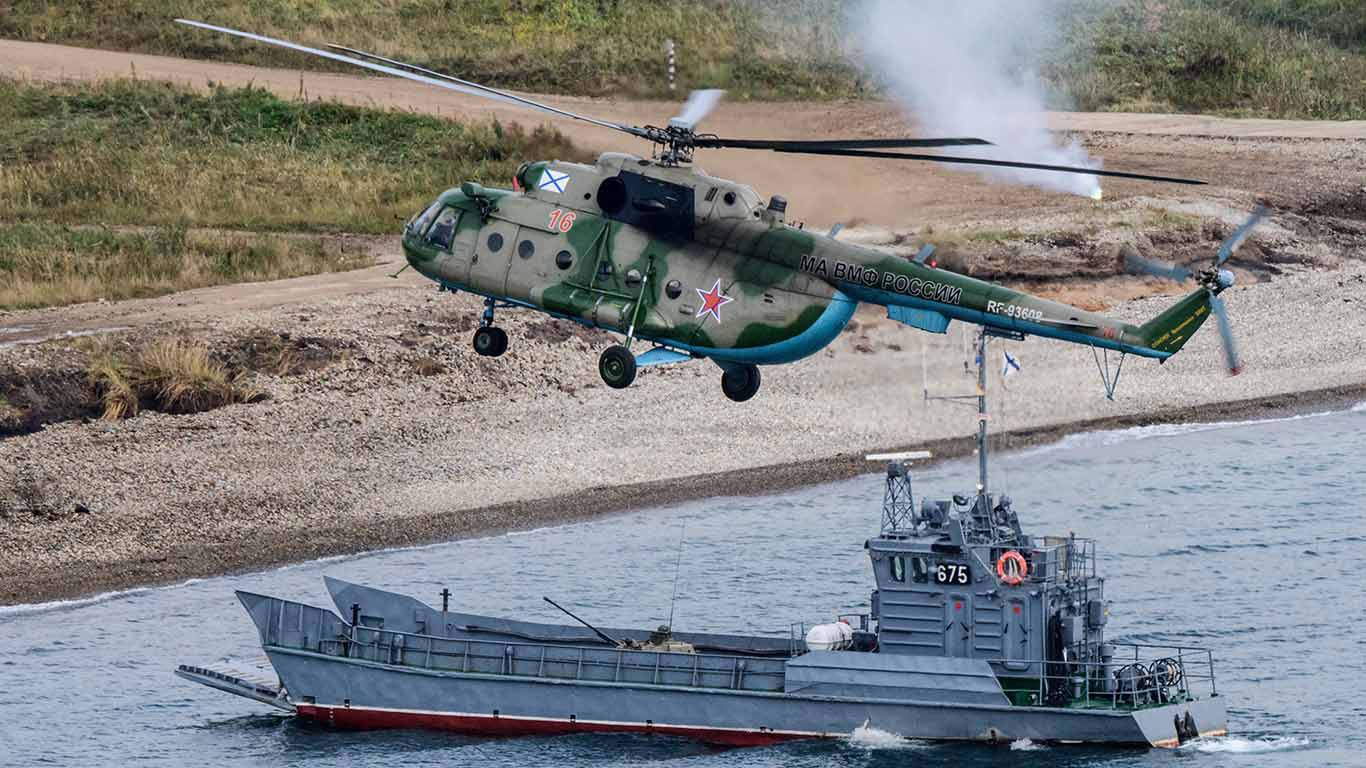DMITRI TRENIN, VYGAUDAS UŠACKAS, GRAHAM STACEY

MOSCOW – Since the Ukraine conflict in 2014, clashing worldviews have become deeply ingrained among NATO and Russian policymakers, and distrust is the default mindset. We are witnessing a new kind of confrontation that is fraught with military risk. As we approach another “Autumn Exercise Season” – with key events such as Russia’s Zapad-2021 and NATO’s Ramstein Alloy and Joint Warrior – there is an urgent need to mitigate the danger that training exercises become a flashpoint for conflict.
To be sure, a major-power rivalry with a strong military component is nothing new. In the past, it was the principal and decisive factor shaping and reshaping the political map and the international system. Today, military rivalries are one factor among many forces driving geopolitics, operating alongside economic development and technological prowess. But when push comes to shove, it is the military dynamic that can be expected to play a decisive role, either as a deterrent or as an instrument of coercion. That is why all major powers – the United States, its NATO allies, China, and Russia – are conducting military exercises more often and on a larger scale than ever.
This trend is likely to continue, including in and around Europe. As NATO’s own website explains, military exercises allow it to test and validate “concepts, procedures, systems, and tactics” for use in a real theater of war. NATO is also open about the fact that it has stepped up its own program of exercises to account for a “changed security environment.” Similarly, while Kremlin spokesperson Dmitry Peskov has noted that exercises are part of a routine annual effort to “develop the Russian armed forces,” Russia’s Vostok-2018 maneuvers were larger than any of the military exercises of the Soviet era.
Nobody disputes the right to self-defense, or the corresponding right to train troops to be effective in an armed conflict. It would be naive to think that simple appeals to officials in Beijing, Brussels, Moscow, and Washington would be enough to convince them to scale back their drills. Still, it makes sense for all sides to behave in a manner that does not provoke others or lead to misperceptions and miscalculations with potentially catastrophic results.
Unlike in the Cold War, a full-scale conflict in Europe would be unlikely to take the form of a massive surprise attack. It could, however, arise from an escalation of regional or local armed conflicts or incidents involving military forces. And it is all too easy for military exercises to trigger such engagements inadvertently. World leaders should therefore urgently address the threat to regional and global security that such exercises pose.
A recent open-fire incident between the HMS Defender, a British Royal Navy vessel, and Russian forces in the Black Sea off of Crimea is just one example of how quickly a situation can spiral out of control. Russian pilots flying dangerously close to NATO aircraft near the Russian border is another. So far, kinetic contact has been avoided, but we shouldn’t push our luck.
In fact, risk mitigation is becoming even more difficult with the rise of artificial intelligence, fake news, disinformation campaigns, and cyberwarfare. All of these technologies and techniques have thickened the fog of war, increasing the likelihood of a dangerous miscalculation or accident.
Fortunately, there are tools that can be used immediately to reduce these risks. Many of the confidence-building measures established at the end of the Cold War and in its immediate aftermath are still partly in place, even after the demise of the Conventional Armed Forces in Europe Treaty and the Open Skies Treaty. These channels should be used fully. Though it has so far failed to become a vehicle for partnership, the NATO-Russia Council (NRC) can serve as a communication mechanism to prevent hazardous military incidents or their escalation.
In addition to the NRC, there should be direct, substantive contacts and occasional face-to-face meetings between the NATO Supreme Allied Commander Europe (SACEUR) and the Russian Chief of the General Staff, along with other senior military commanders and experts from both sides. Regular discussions would further build confidence that military activities by either party do not amount to an imminent attack, and the same channels could facilitate a move toward immediate de-escalation should misunderstandings occur. Other existing tools should be revived and updated, starting with the 2011 Vienna Document on Confidence and Security-Building Measures.
Predictability and mutual confidence can be enhanced further by voluntary restraint and transparency measures, such as exchanges of information on the size and scope of military forces in contiguous areas. Risk-reduction tools need not be specific to military and security contexts. As current signatories of the Convention on International Civil Aviation, all countries concerned should observe the already-established principles for operating within international airspace while not impeding the rights, freedoms, and lawful use by others.
These measures will not turn adversarial relations into friendly ties. But they would at least ensure that there are political fire brigades ready to extinguish local blazes before they set Europe aflame.
No comments:
Post a Comment